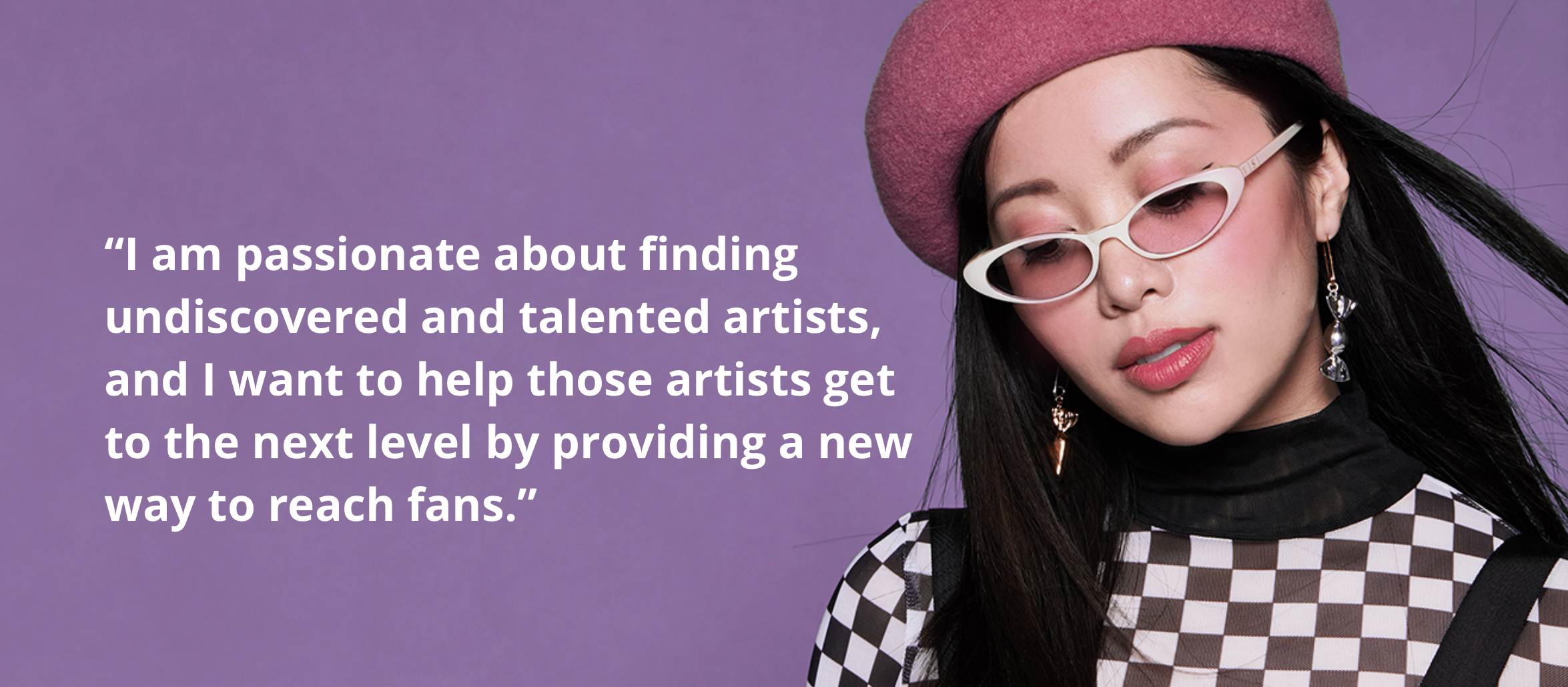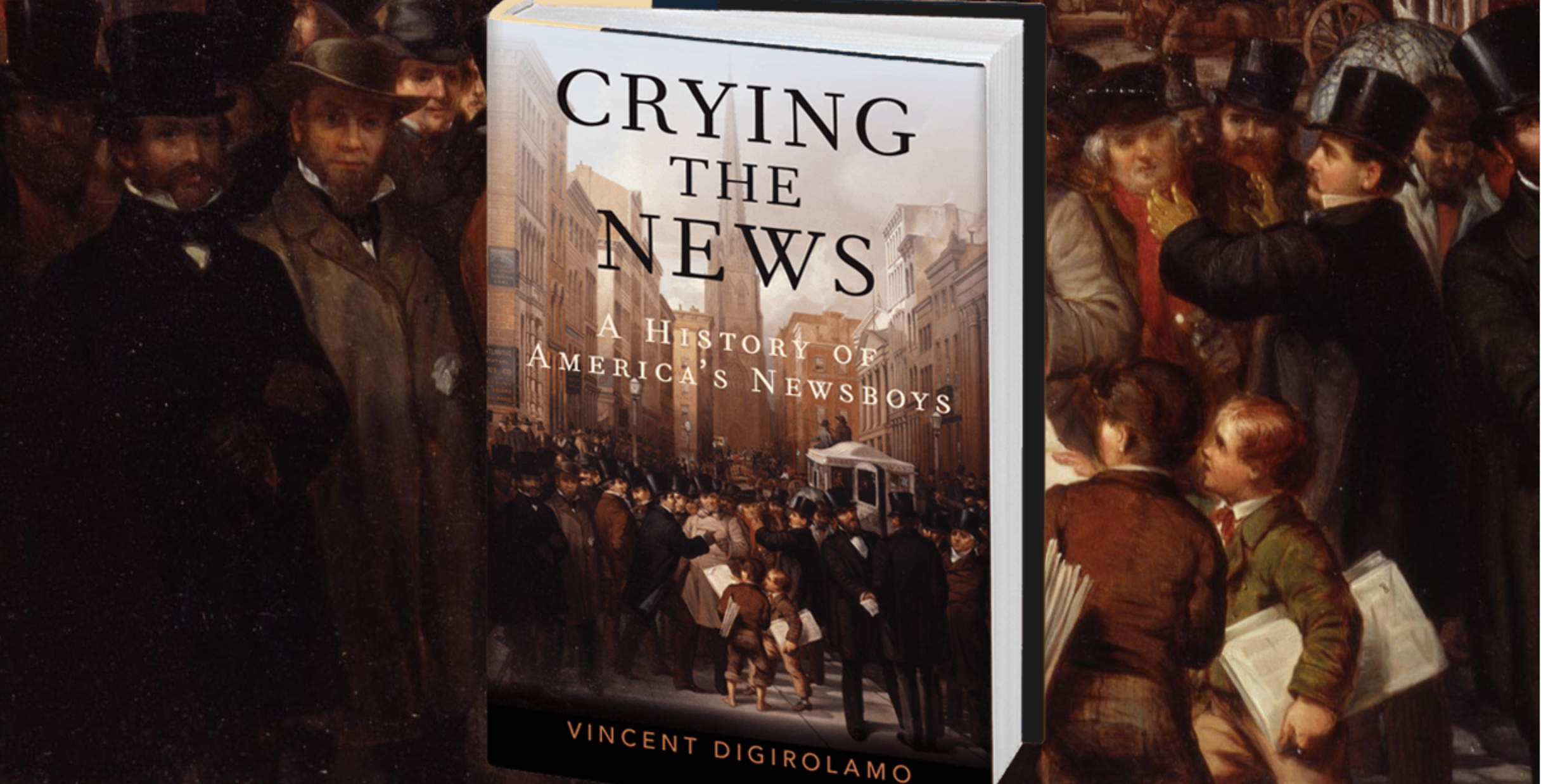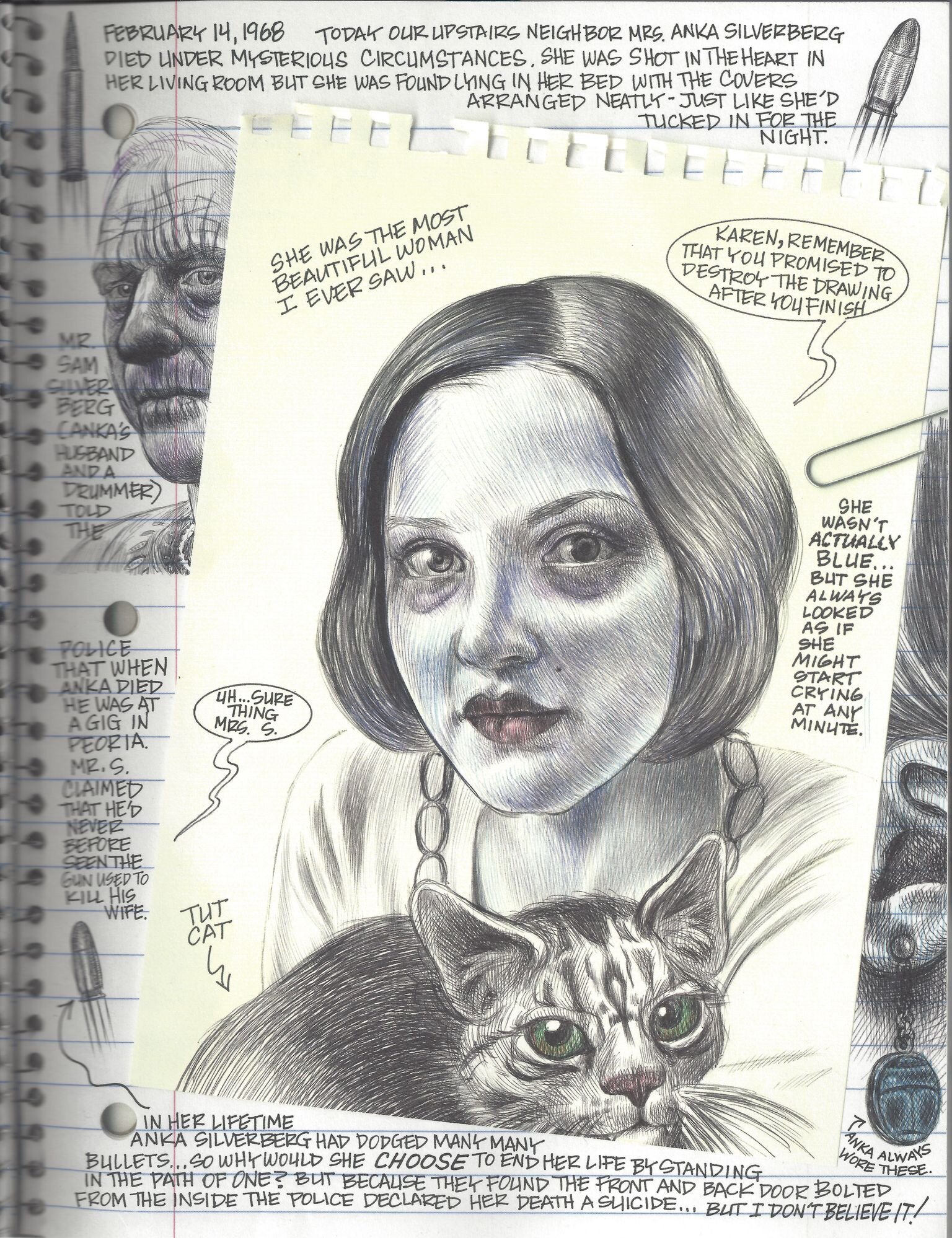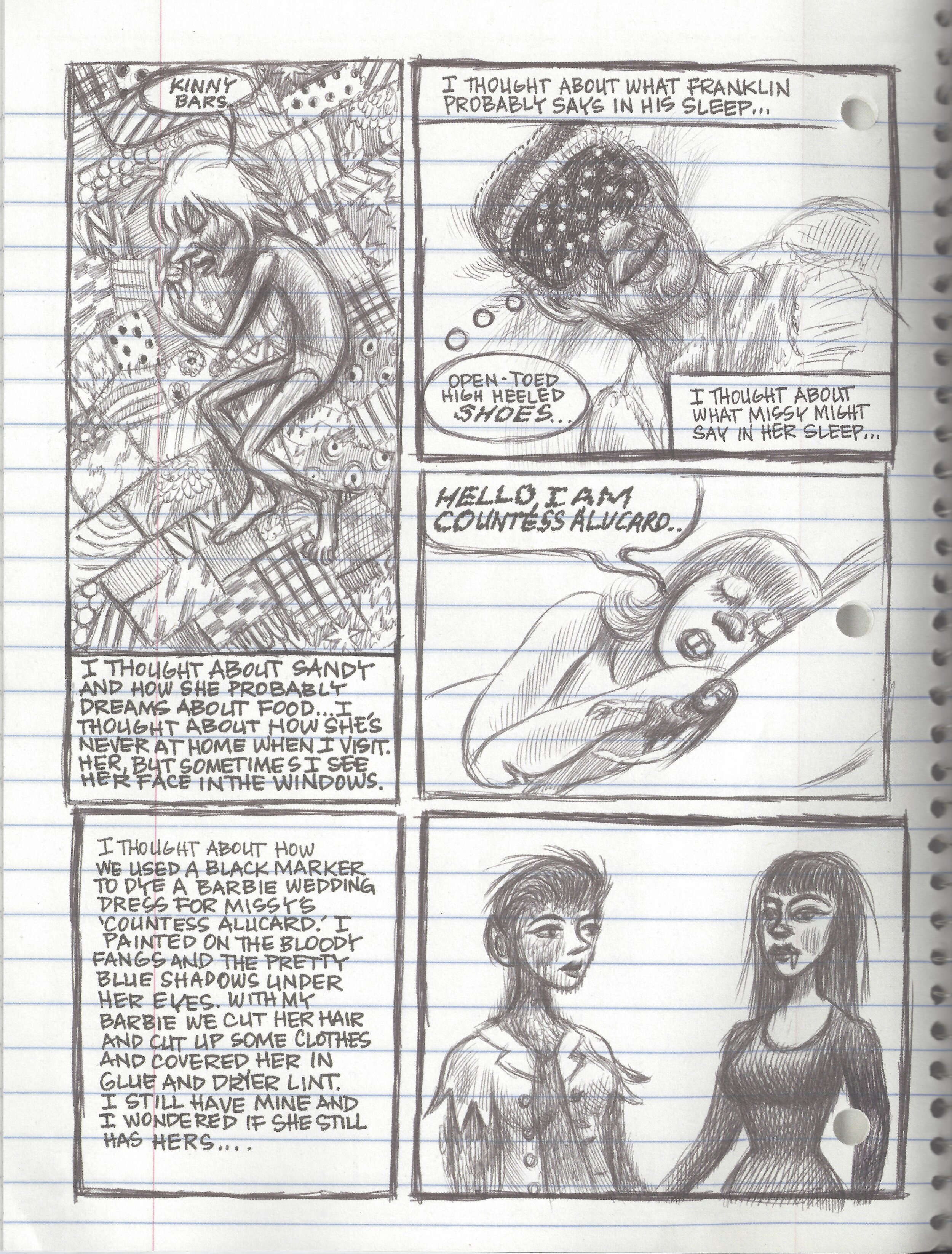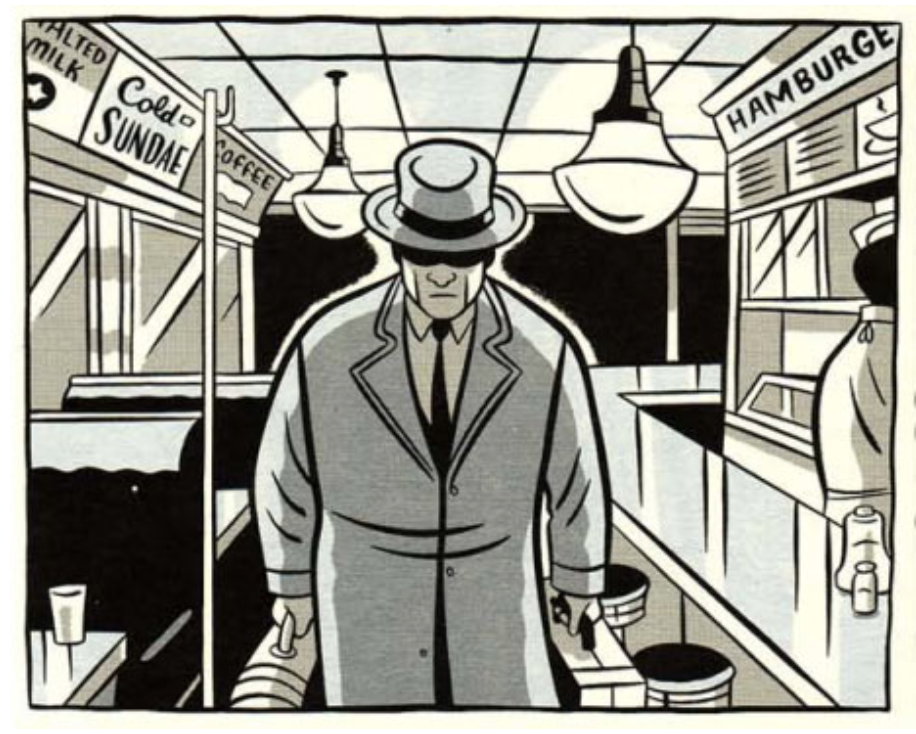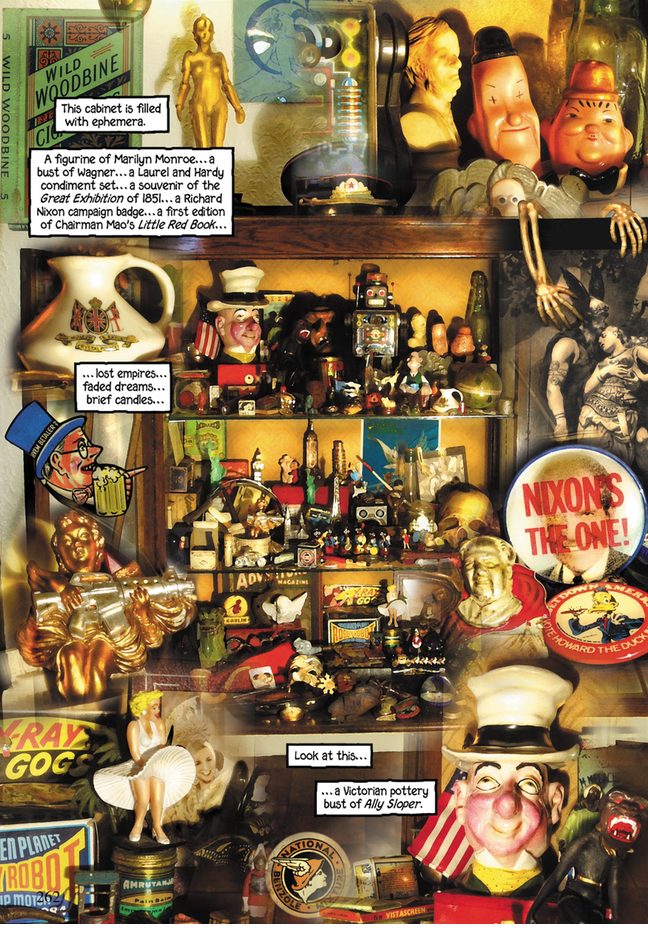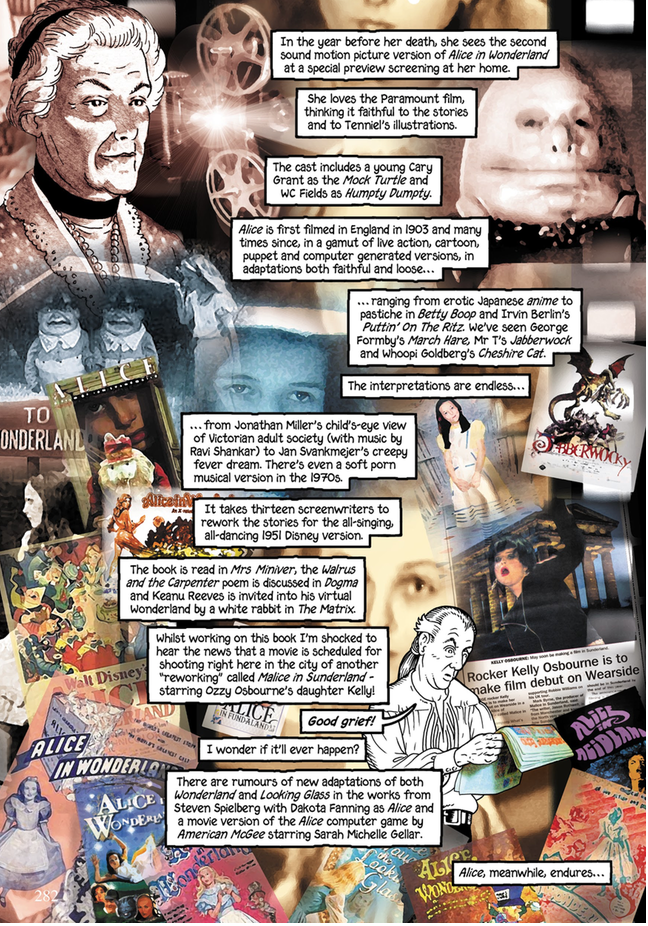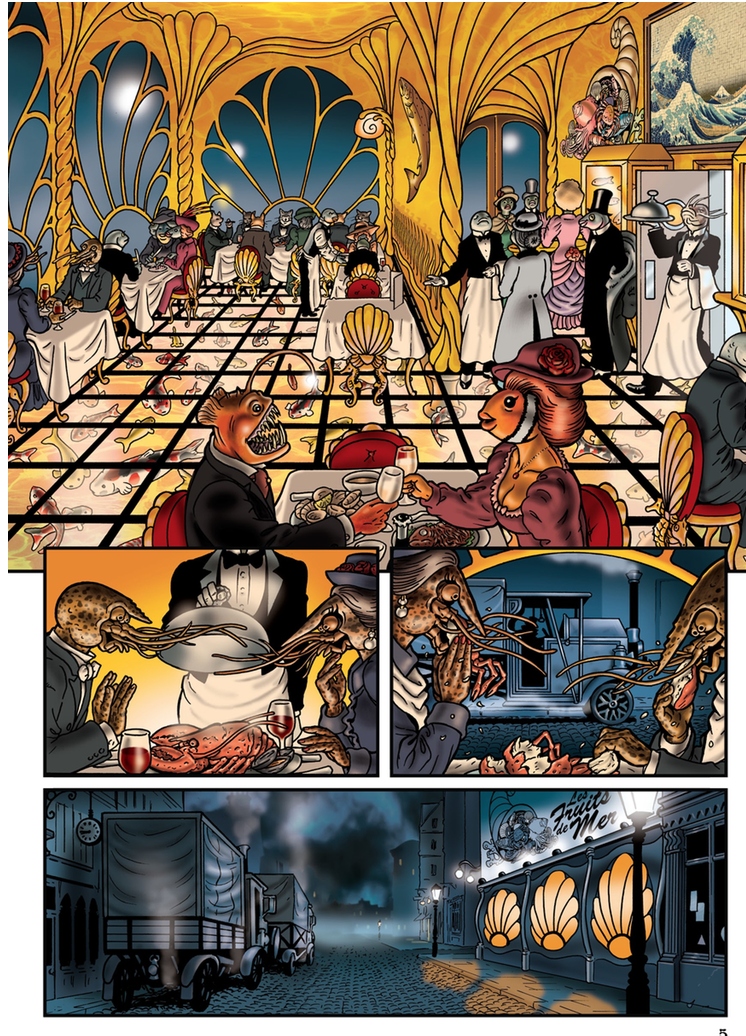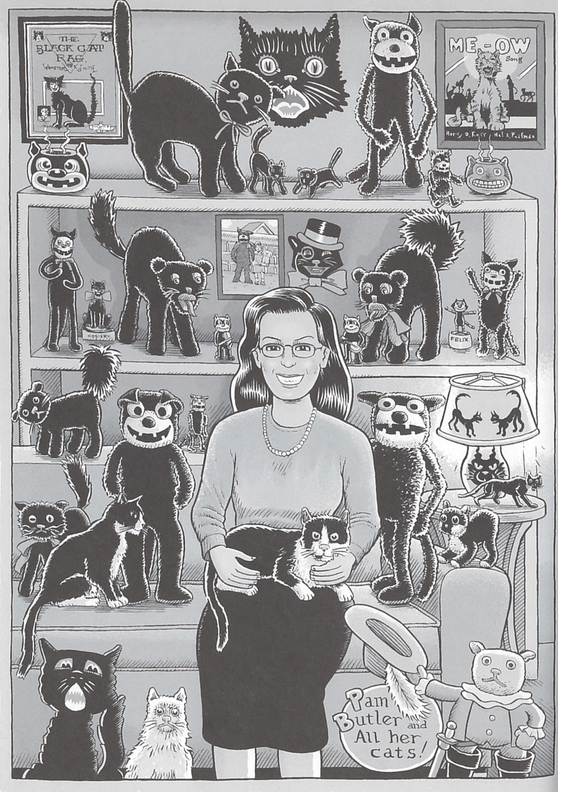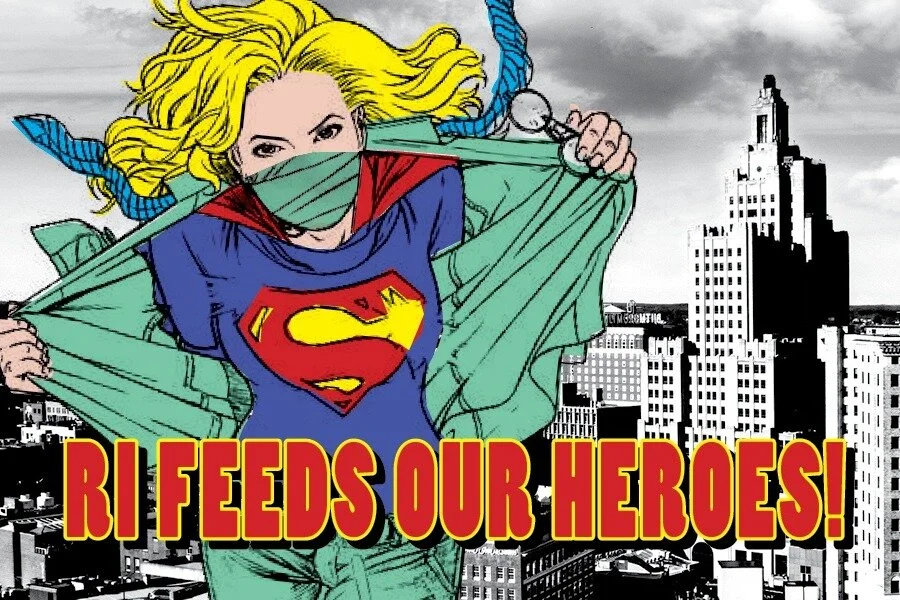Thematic, a Music Marketplace for Influencers and Producers: Digital Labor and the Creative Class (2 of 3)
/Thematic, a Music Marketplace for Influencers and Producers: Digital Labor and the Creative Class (2 of 3)
Edward B. Kang
*Contracts: Intellectual Property, Precarity, and Expropriation
Thus far, my questions primarily concerned the forward-facing aspects of Thematic. What does it claim to do? How is it promoted? Who is it promoted to? In this section, I take as my focus, the underlying agreements and contractual terms that govern the actual rules of operation on the platform. What does using Thematic actually entail? For the Music Artist? For the Content Creator? To what extent is Thematic legally bound to the promises they make on their site? Who gets paid? What are users giving up in exchange for access to the platform? Are there consequences of using Thematic that extend beyond the platform? Does Thematic take responsibility for misuse? I will inevitably touch on all of these necessary and important questions by the end of this paper, but I begin, here, with this generic but powerful line taken from their general Terms of Use agreement:
All intellectual properties featured on and incorporated into the Website are owned and controlled exclusively by Thematic and/or its licensors, which includes materials protected by copyright, trademark, patent laws and state and federal intellectual property laws. (Thematic, “Terms of Use”, 2019)
The ramifications of such a statement are far-reaching. Thematic’s primary currency is intellectual property – the music uploaded by Music Artists – so understandably, there’s a lot of it on the site. Apart from the small number of songs actually uploaded by the Thematic team (Michelle Phan produces some of her own lo-fi hip-hop beats), the majority of the tracks that populate Thematic’s vast collection are created and uploaded by independent music producers who sign up for Thematic as Music Artists. This means that by agreeing to use Thematic, those Music Artists are sharing the exclusive rights to their works with both Thematic and Content Creators. This sharing of intellectual property rights, however, is not reciprocal, as Music Artists have no rights to the videos of Content Creators that their music is featured on since the videos exist on channels external to Thematic. If we take a look at the separate user agreements, the uneven terms of participation become more apparent.
Under the Grant of Rights of the Artist Agreement, it reads:
… you hereby grant Thematic, and its licensee Creators respectively, a non-exclusive worldwide right and license, on a royalty free basis, to make copies of the Works, and use, license, copy, transmit, broadcast, stream, and publicly perform such Works… Notwithstanding any term of this Agreement, each Creator shall have the right to stream, download and utilize such Works and use all Credit information in Creator Videos and meta data, on a royalty free basis in each case… (Thematic, “Artist Agreement”, 2019).
The key here is “royalty free” – this directly bars Music Artists from effectively monetizing on Thematic the works they upload to the platform. Read in conjunction with the “free promotion” offered by Thematic in its marketing materials, it’s easy to see that Music Artists are essentially paying for that free promotion by relinquishing the rights to all avenues of possible royalty-related compensation on Thematic. There is, however, an ambiguous component under the Grant of Rights that claims Thematic will collect the Gross Revenue, defined as “all revenue remitted by YouTube and/or Instagram and received by Thematic exclusively in connection with the exploitation of the Works (e.g. their recording and publishing components) on YouTube and/or Instagram” (Thematic, “Artist Agreement”), and transfer it to the Music Artist’s account. I say this is ambiguous because not only is there no option to link any kind of bank account, ASCAP (American Society of Composers, Authors, and Publishers), or BMI (Broadcast Music, Inc.) membership details when signed in as Music Artist, but there are also no mentions of “splits” agreements (industry jargon for how royalties/revenue will be split) between Music Artist and Content Creator. Splits agreements are important here because it has already been established that all of the music on Thematic is royalty-free, which means that the revenue defined by Gross Revenue is primarily dependent on the revenue generated by the video itself, and not by the copyrighted music. This too, however, is unclear because if we recall from earlier, one of the first things marketed towards Content Creators on Thematic’s landing home page is “no rev-shares”. How, then, is revenue split between Music Artist and Content Creator? What is the source of Gross Revenue for Music Artists if not from video and also not from royalties? Thematic suggests the Content ID feature for YouTube, which allows “copyright owners who meet specific criteria” (YouTube Help), to claim and monetize off their intellectual property on that specific platform, but what about for Instagram, the other platform that Thematic allows Music Artists’ music to be featured on? The platform thus does not actually provide a regulated monetization model of its own and outsources this key function to either the stringent qualifications for Content ID on YouTube or Facebook’s Rights Manager for Instagram, for which it also provides no reference or guide. Exactly how this lean platform logic (Srnicek, 2017) operates is left for the users to figure out on their own. In light of this ambiguity, there have yet to be any discernible reports of Music Artists successfully using Thematic as a means of effective revenue despite its industry-wide use as a music market for Content Creators.
In fact, even Thematic doesn’t see direct monetization as its primary offering – in response to the question “What value do I get from submitting music to Thematic?” in the Artist Help Center, they write:
Our primary conversion metric for artists is in the value of the promotion and audience reach… That new audience can then be monetized via music streams & downloads, merchandise sales, and live events.
… Thematic is meant to get artists' music in front of influential creators (who are often paid for their promotion) who will in turn share the music to their engaged audiences. You can even think of the music as "product placement" within these tastemaker videos - but the artist (aka the brand) is securing that placement for free. (Thematic, “Artist Help Center”)
Although the primary selling point to Music Artists is consistently framed under promotion, based on the Artist Agreement, Thematic actually does not guarantee and sufficiently enforce credits and acknowledgments to Music Artists by Content Creators:
…no inadvertent failure by Thematic or any Creator to provide such Credit, and after our receipt of formal notice shall constitute a breach hereof, Artist’s only remedy shall be to notify Thematic in writing, and upon which notice Thematic shall use good faith reasonable efforts to cure such failure. (Thematic, “Artist Agreement”, 2019)
Even promotion, which is inherently dependent on proper credit, is apparently not guaranteed. Read next to the barring of royalty-based revenue, the ambiguity of platform-generated revenue, and the lack of guarantee for proper artist credit, the Music Artist unambiguously takes on a precarious position by choosing to participate in the Thematic community.
McRobbie (2016) thoroughly recounts these developments in the cultural industries, unpacking how the creativity dispositif (Foucault, 1980) or passion ‘ethos’ (p. 74) promoted by the creative economy draws upon neoliberal ideologies to direct individuals to tolerate such precarious positions enticed by the celebratory rhetoric of the ‘dream job’ or ‘pleasurable work’:
I argue that the call to be creative is a potent and highly appealing mode of new governmentality directed to the young in the educational environment, whose main effect is to do away with the idea of welfare rights in work by means of eclipsing normal employment altogether… this mode of neoliberal governmentality is also a general and widespread process of precarization.(p. 14)
Reframing the creative economy as a mode of labor reform, she points to the current movement as one in which the discursive prioritization of creativity specifically strips the creative class of previously hard-won social welfare and job security benefits. She thus directs us to the brainchild of late capitalist neoliberalism, ‘self-invented work’, emphasizing that “in this rhetorical world it is business and entrepreneurship that now count… [There] is an anticipation of reward and a series of invitations to take part, all of which go some way towards making risky jobs with uncertain outcomes nevertheless appealing and exciting” (p. 61). In foregrounding this entrepreneurial venture capitalist mindset – voluntarily embracing precarity and risk in the present with hopes of greater returns in the future – as an integral component of the workings of the current cultural industries, McRobbie provides a generative starting point from which we can unpack the Music Artists’ precarious position within the Thematic community.
The Music Artist is essentially operating within this same investment logic of high-risk-high-returns. There are no guaranteed rewards in exchange for uploading and providing the rights to their songs on Thematic. It is rather the “anticipation of reward” (p. 61) that Thematic offers and the Music Artist accepts. Perhaps as McRobbie somewhat satirically writes, “the seemingly exciting compensation for work without protection is the personal reward of ‘being creative’” (p. 35). And while this personal reward as Hesmondhalgh reminds us, should not always be discounted, he also points out “that it is in the realms of intellectual property that a more convincing critique of contemporary capitalism might be mounted, rather than unpaid labour” (2010, p. 279). Following this, if we move beyond Terranova’s critique of free labor and acknowledge that Music Artists are, in classic Marxist terms, alienated from the products of their labor (Marx, 1976) – intellectual property – it becomes easier to see how Thematic may indeed be pushing expropriative terms on to Music Artists who do choose to opt in. In fact, looking at Thematic’s response to two similar questions on the Artist Help Center that read, “Can I choose which creators use my music?” and “Can I choose which videos my songs appear in”, it becomes apparent that Music Artists actually have no control over the specific uses of their songs either:
We currently do not provide a content filtering option for our artists unless you are interested in exploring a paid placement. Any creator in Thematic is allowed to use the music in Thematic in their videos. (Thematic, “Artist Help Center”)
Without additional payment, for which they evaluate all tailored promotions on a “case-by-case basis”, Thematic thus does not even guarantee any form of basic quality control for Music Artists – their music can be used by “any creator” registered with Thematic. Even here, the uneven terms of participation surface, as all music submitted to Thematic is reviewed by the A&R team – i.e. quality control – before it is uploaded to their royalty-free collection available to Content Creators. Content dictates music. There are a few Music Artists who are granted the “Approval” feature, which means their songs can only be used in videos upon their approval, but Thematic unabashedly states that this feature is reserved for “Top 40” artists who are commercially signed to major record labels, effectively excluding the vast majority of all Music Artists on the platform. In this way, the Music Artist, like McRobbie’s artist subject does indeed become a “symbol of labour reform, someone willing to ‘live on thin air’” (p. 86).
Finally, before I move on to the next section, I also want to briefly mention the lack of protection for the Music Artist in the Artist Agreement against uses of the song beyond intended contexts outlined in the agreement. Although the Artist Agreement does explicitly state that Thematic only sanctions use of any uploaded songs by Content Creators in their content on either YouTube or Instagram, the technical method of delivery of the songs – providing direct downloads to the master tracks as either MP3 or WAVE files – is one that exposes the songs to numerous methods of potential repurposing, none of which can be directly monitored or regulated by Thematic. Considering how easy it is to sign up and download these tracks, the tracks are effectively available as high-quality free audio on the Internet. What can Thematic do other than say “you can ONLY use our music in your YouTube and Instagram videos” (Thematic, “Creator Help Center”)? Is it on the burden of Music Artists to constantly monitor the Internet to see if their music starts to appear, most likely without credit, on other platforms like Vimeo? How does Thematic prevent the use of these audio files in other music projects? It is common industry knowledge that in the hands of a skilled technician, these high-quality music uploads provide valuable source materials to cut close-to-untraceable samples for “original” music. The only measure Thematic takes in trying to prevent such uses is to say it is prohibited in their agreements, without implementing any technical infrastructures to actually forbid them. In this way, Thematic fails to reasonably offer even the little protection that current intellectual property law, which on the most part actually does not benefit independent musicians (Demers, 2006; Sinnreich, 2013), does provide to music producers not backed by major record labels: the right to control the uses of their original songs.
By examining the contractual terms to which all users of the platform must subscribe, I sought to bring to our attention the inevitably precarious position that the Music Artist is expected to tolerate in the Thematic community. While it is true that the Music Artist voluntarily opts in under these terms, the argument can also be made that the broader social conditions that glorify high-risk work in the cultural industries outlined by McRobbie, among others, play a significant role in pressuring the Music Artist to have little choice but to accept these terms in fear of obsolescence. Even if we try to take a more open-minded approach as urged by Hesmondhalgh, in the absence of guaranteed revenue, recognition and thus opportunity, or protection from misuse or theft provided by Thematic, I find it difficult to push for alternative forms of overall well-being that participation in Thematic provides for Music Artists. To this end, an inspection of these expropriative contractual terms further exposes the lopsided conditions of participation between Music Artists and Content Creators discussed throughout this paper.
Bio
Edward B. Kang is a PhD student at the Annenberg School for Communication and Journalism and Assistant Editor for the International Journal of Communication. His research engages the cultural and infrastructural dimensions of digital media and digital surveillance technologies with a specific focus on the relationship between sound/music, identity, platform logics, and platform anatomies. He is thus interested in navigating the socialities that emerge at these knotty intersections of technology and culture. Apart from his own research, he has served as a committee member for Annenberg’s annual Communication and Cultural Studies graduate student conference Critical Mediations, as well as led Music Production workshops for Annenberg’s Critical Media Project with California Humanities.





